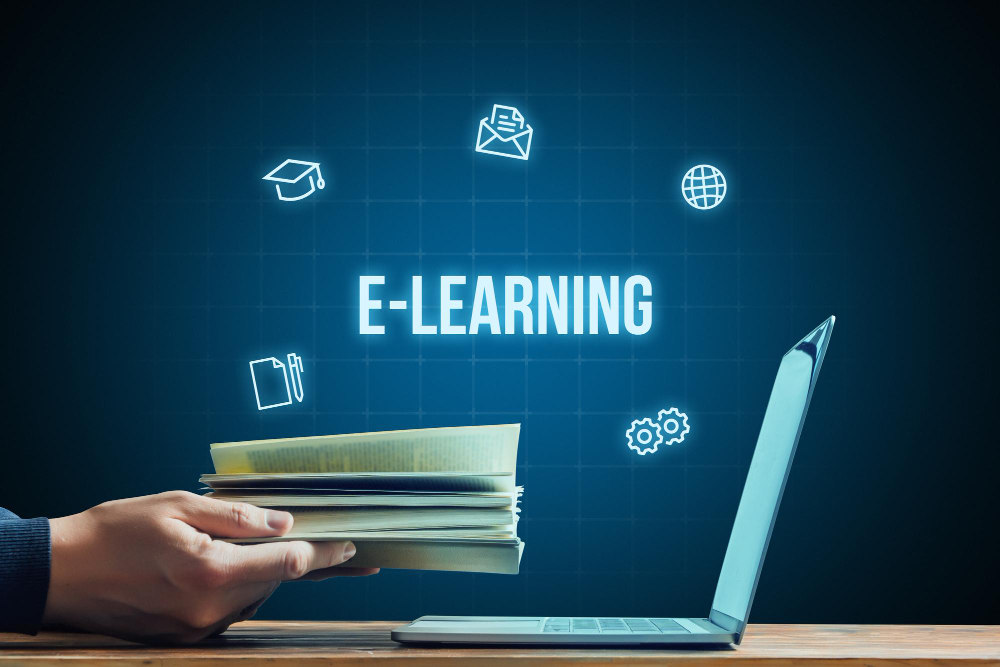Crafting digital narratives through classic storytelling frameworks can revolutionize eLearning by making digital education more engaging, impactful, and memorable. In the realm of eLearning, the ability to capture attention and enhance knowledge retention is invaluable. Many educators are now employing storytelling techniques that have stood the test of time, blending them seamlessly with technological tools to create enriching educational experiences. This fusion of storytelling with eLearning strategies not only captivates learners but also deepens their connection to the content.
Implementing classic storytelling involves structuring digital courses with elements like compelling characters, intriguing plots, and immersive settings. These storytelling elements help frame information in a way that is relatable and easy to understand. For instance, characters in storytelling can be used to represent specific concepts or skills within a course, making abstract information more concrete and relatable. By presenting challenges and resolutions through narratives, learners can visualize complex ideas and see their practical application, significantly boosting engagement.
Furthermore, the emotional connection fostered through storytelling enhances memory retention. Emotional engagement plays a critical role in learning because it triggers memory functions in the brain. Utilizing emotional arcs within eLearning can transform otherwise mundane subjects into exciting learning journeys. When educators create stories that resonate emotionally, learners are more likely to remember and apply what they’ve learned, leading to improved outcomes. Integrating storytelling into courses involves meticulous planning of content flow to keep learners emotionally invested.
Incorporating interactive storytelling further enriches eLearning environments, enabling learner participation in narrative-driven scenarios. By introducing branching scenarios, learners can explore different outcomes based on their choices, providing a personalized learning path. These interactive elements encourage active involvement, prompting learners to apply critical thinking and decision-making skills. Interactive storytelling bridges the gap between theoretical knowledge and real-world application, transforming passive learners into active participants.
The role of visual storytelling in eLearning also cannot be underestimated. Complementing traditional text-based content with visuals like infographics, animations, and videos enhances comprehension and keeps learners engaged. Visual storytelling simplifies complex ideas through imagery, making abstract or technical content more accessible. By appealing to visual learners and providing a multi-dimensional learning experience, educators can cater to diverse learning styles, ensuring no learner is left behind.
Finally, the adaptability of storytelling within eLearning makes it a versatile tool across various disciplines and education levels. From corporate training modules to academic courses, storytelling promotes a learner-centric approach. Courses designed with storytelling techniques are likely to stand out in terms of learner engagement and information retention. This adaptability highlights the significant role storytelling plays in creating dynamic, relevant eLearning experiences.
In conclusion, marrying classic storytelling frameworks with digital learning environments creates powerful educational tools that resonate with learners. By focusing on narrative elements, emotional engagement, interactive scenarios, and visual storytelling, eLearning courses can achieve higher levels of learner involvement, retention, and practical application. As technology continues to evolve, the ability to craft compelling digital narratives will remain crucial in the quest to make learning more accessible and effective.
